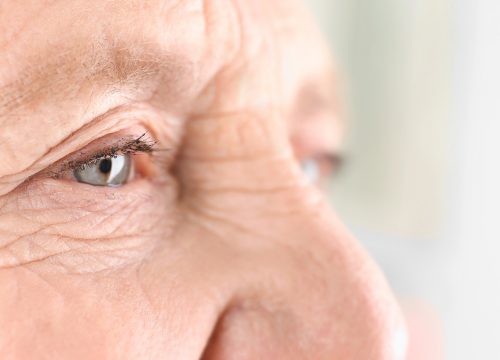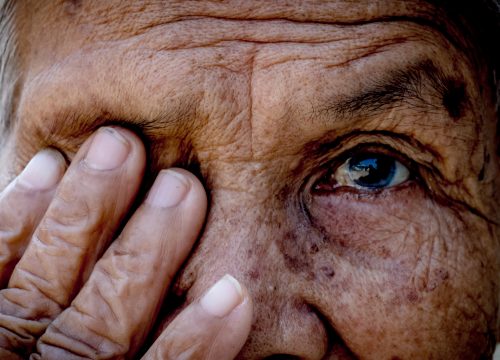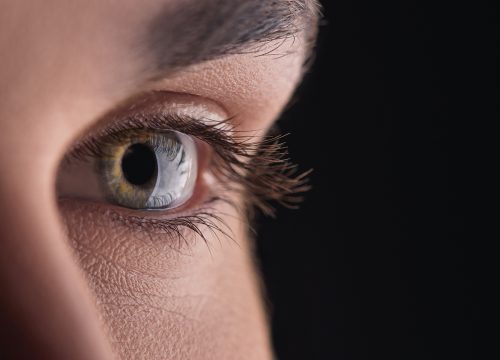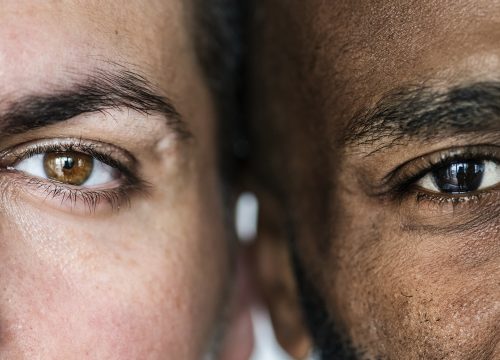
Age-related Macular Degeneration
Age-related macular degeneration (AMD) is one of the most common causes of poor vision after age 60.
LEARN MORE
An Optic Nerve Disease: Glaucoma
Glaucoma is a group of eye conditions that damages the optic nerve.
LEARN MORE
Blepharitis
Blepharitis is inflammation of the eyelids, causing them to appear swollen, red or feel like they are sore or burning.
LEARN MORE
Blurry Vision
Blurry vision is unclear or unfocused vision and may be minor and a result of refractive errors or it could be a symptom of a more serious retinal disease.
LEARN MORE
Central Serous Chorioretinopathy
Central serous chorioretinopathy (CSC) is a condition in which fluid accumulates under the retina, causing a serious (fluid-filled) detachment and vision loss.
LEARN MORE
Diabetic Retinopathy
Diabetic retinopathy is a complication of diabetes caused by changes in the blood vessels of the eye.
LEARN MORE
Floaters & Flashes
Floaters are tiny specks that look like dust in your field of vision. Flashes look like flashing lights or lightning streaks in your frame of vision.
LEARN MORE
Macular Edema
Macular edema is the build-up of fluid in the macula, an area in the center of the retina.
LEARN MORE
Macular Holes
Macular holes are small breaks in the macula. The macula is located in the center of the eye’s light sensitive tissue, the retina.
LEARN MORE
Narrow Angles
“Anatomically narrow angles” is a term used to describe the shape of the drainage angle of the anterior chamber of the eye.
LEARN MORE
Retinal Detachment
A retinal detachment occurs when a retinal tear progresses and completely detaches from the retina.
LEARN MORE
Retinal Tears
Retinal tears occur when the clear gel inside your eyeball changes shape. This is a common occurrence that happens with the natural aging process.
LEARN MORE
Retinal Vein Occlusions
Retinal vein occlusion (RVO) is a vascular disorder of the retina and is the second leading cause of blindness, behind diabetic retinopathy.
LEARN MORE
Retinitis Pigmentosa
Retinitis pigmentosa (RP) is a group of rare, genetic disorders that involve a breakdown and loss of cells in the retina—which is the light-sensitive tissue that lines the back of the eye.
LEARN MORE
Vision Loss
Many health conditions, illnesses, and injuries can lead to sudden vision loss.
LEARN MORE